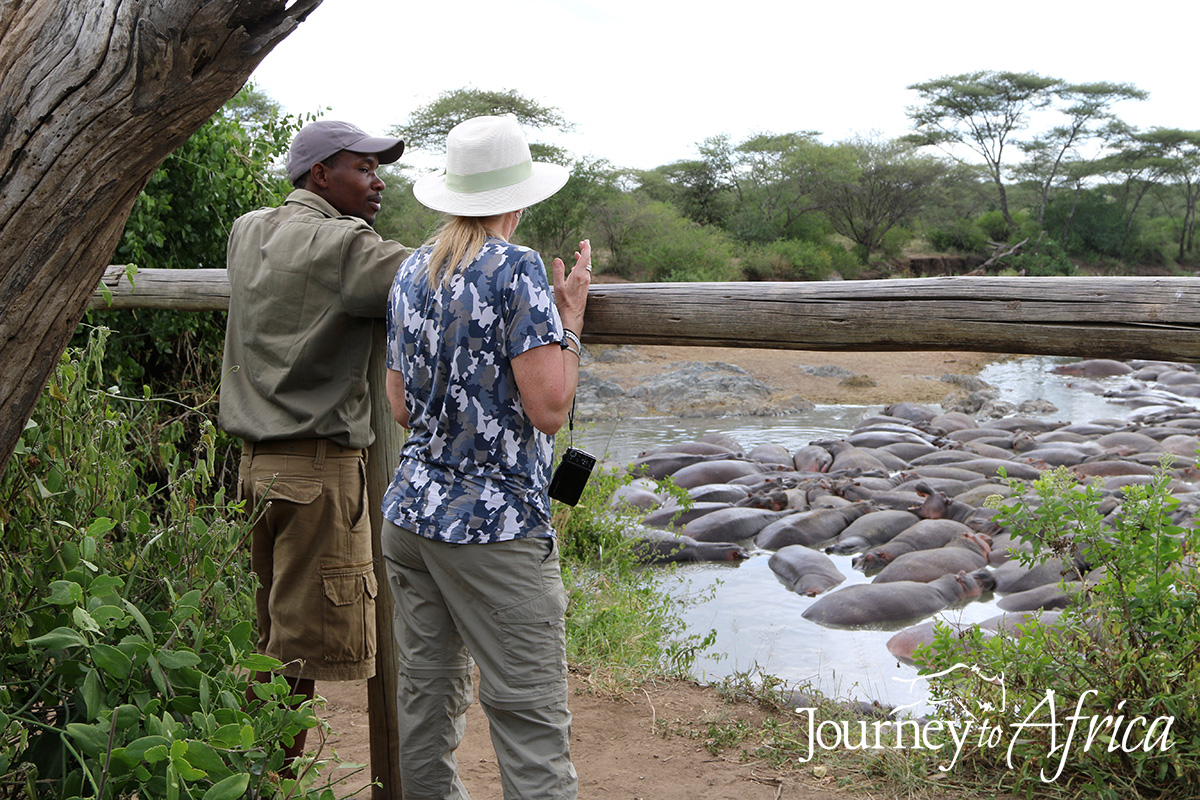I LoVe being on Safari.
Absolutely love the feeling of being in the wild, with abundant wildlife and myriad of amazing birds, the amazing scenery of this un-spoilt land, and the people.
My smile pure joy and pretty much 'on' the whole time.
My Safari this past May was just that. And I got to share this with two Houston Bloggers Sheree and Natalie. This is my second time taking guests on Safari with me and seeing Tanzania through their eyes has just added to my Safari love affair.
When my guests travel with Journey To Africa, I plan Safaris where I draw upon the many connections I have in Tanzania from my years living there. I also tap into all the Safari knowledge I have accumulated in the 16 years I have had the pleasure of showing clients my Tanzania.
And I take my own advice and plan my own Safaris accordingly.
Natalie and the kids having a good time.
Our first stop was the village of Mkuru with my friend Tati. Tati and I go way back to early 2000 when she and Paul Oliver used to run the original Oliver's Camp. The Oliver's Camp that was a mobile camp before the current luxury glamping.
She has started a project where she works with an Italian jewelry designer to create modern jewelry using traditional methods, each hand-crafted by Maasai women at the village, or at her store in Arusha.
The day was spent with the Maasai ladies and their children who showed us how they live in a lifestyle that is so different from our western ways. Having grown up in Tanzania, their lifestyle is not surprising to me, but observing from Sheree and Natalie's perspective was an eye opener.
We had lots of discussions on this difference. I feel we need to come to terms that just because it is different, it does not mean it does not work. That lifestyle works for most of them and those that seek change, have options like work shops and teaching colleges. We can not force change on anyone unless it is desired.
Trying out original Maasai necklaces.
This day also presented many commonalities. Jewelry. Sheree and Natalie got to indulge with fashionable accessories worn by the Maasai women themselves as well the jewelry that is Maasai-inspired. A fun day.
Then ... a glorious Safari. Ah! My favorite activity.
Our first stop was Tarangire National Park. For Natalie, her request when we met in Houston, Texas for our pre-Safari planning was she wanted to see elephants since she missed seeing these mighty giants in South Africa.
Well, her wish got fulfilled - over and over again. Sheree, her eyes were just lite with awe. Her first ever Safari and any animal that moved made her jump with delight. Pumped me up to be with a first timer on Safari. We were serenaded by birds, amused by elephants, babies and young ones as well, given a show by monkeys, peeked by giraffes and more. Tarangire, as always, did not disappoint.
There is also the people connection you make on Safari. Natalie had brought in a bag full of under garments from Peach. We got to hand deliver the bag to our friends at Rift Valley Children's Home. This home is truly a special place for the many children who would have had to struggle but instead found love, support, shelter built warmly by Mama India and Peter. Asante for all your do guys. We support you!
Our Safari Life. Pretty Amazing.
Ngorongoro Crater was our own little park. The advantage of going in May is that high season is not in full swing. Besides Sheree showing us her ninja moves and flamingo dance, Natalie taking a post breakfast nap, we got to spend time with the endangered black rhino, three lion cubs just a few months old, zebras, flamingoes and more. Fazo, our guide, helped out Mama Simba, the local Crater researcher, in updating her on the new cubs. We just chimed in on how we thought those little goobers were so darn cute.
Sheree, co-piloting.
Our last stop, mighty Serengeti. Sheree flew us there, well, almost. She used to be a pilot about 20 years ago and she has not forgotten. The pilot let her handle a control or two and Natalie and I held our breath when she pulled the knobs. Suffice to say, we landed safely. :)
Serengeti! Serengeti Shall Never Die. Really, this place never disappoints.
The different habitats gifted us with a range of wildlife. Cheetahs in the plains near Namiri, Wildebeest and Zebra Migration in the tall grass around Central Serengeti, elephants in the savannah bushes, giraffes near the acacias, lions on the kopjes warming themselves, 100 + smelly hippos that we were so lucky to see, baboons and so much more. And birds, don't over look birds. These beauties were everywhere. Sheree would draw upon her Colorado birding knowledge and Natalie, I have to work on her some more for our next Safari together.
The Crew at Dunia Camp. We were sad to leave on our last day.
Besides amazing wildlife, birds, landscape, on Safari there is friendships to be made, dancing to be enjoyed, lots of stories to be shared with people from all over this World and Tanzania.
This is why I love my Safari Life. I encourage you to come on a Journey To Africa Safari.
There is so much to explore in amazing Tanzania.
Sign up for our newsletter if you want to know when I will be leading a group on Safari to Tanzania or another part of East or Southern Africa. But, with me or not, I encourage you to go - Life Worth Exploring.
































![Dome tent with toilet tent [blue] and the shower tent.](https://images.squarespace-cdn.com/content/v1/5600031fe4b05e6e38879c49/1450890594072-YV4WQXRYDFQ6SNU296D1/image-asset.jpeg)








